
Regulatory
Latest News

President Trump Warns of 250% Tariffs While Industry Continues to React to MFN Order
Latest Videos

More News

The supplemental New Drug Application is supported by data from the Phase II TRANSCEND FL trial (NCT04245839), which showed that patients treated with Breyanzi for relapsed or refractory marginal zone lymphoma demonstrated strong and lasting responses.

Members of the industry believe the US should remain an innovation-friendly market.

FDA mandates new opioid labeling to highlight long-term risks, aiming to combat addiction and improve patient safety in pain management.

The updated label no longer requires Leqvio (inclisiran) to be used in combination with statins for low-density lipoprotein cholesterol management.
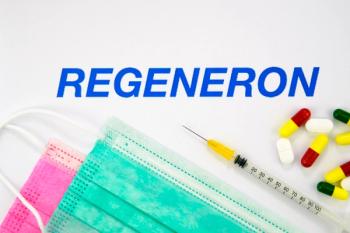
Regeneron has received a second complete response letter from the FDA for odronextamab and anticipates delays for Eylea HD due to inspection findings at a Novo Nordisk-owned manufacturing site, despite continued strong revenue growth and pipeline momentum.
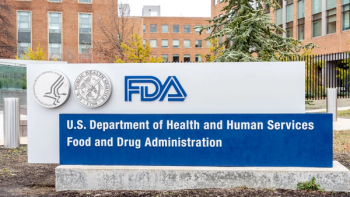
Sources also say that the administration plans to split CBER in two, with one of the section focused entirely on vaccines.

The letter states that the companies have 60 days to meet the President's requirements.
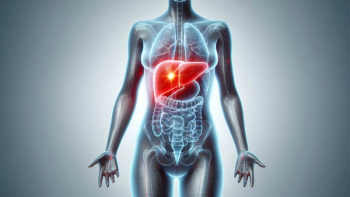
Approval is based on results from the Phase III VALIANT trial (NCT05067127), in which Empaveli demonstrated a 68% reduction in proteinuria, stabilization of kidney function, and a significant reduction in C3 deposits in patients with C3 glomerulopathy or primary immune complex membranoproliferative glomerulonephritis.

Following a complete response letter rejecting accelerated approval for RP1 in advanced melanoma, IGNYTE trial investigators are urging the FDA to reevaluate the therapy’s robust survival data, just as agency leadership changes raise new questions.
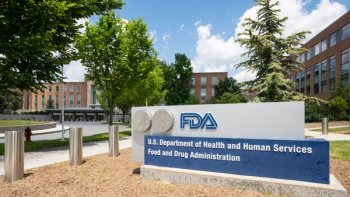
The FDA’s top vaccine and gene therapy official resigned amid heightened scrutiny over recent drug approval decisions and safety concerns surrounding gene therapies.

Vinay Prasad, MD, MPH, departs FDA's Center for Biologics, citing family time and avoiding distraction.

The pact introduces a 15% levy on most EU exports, including pharmaceuticals.

The extended review for Elinzanetant is supported by data from the Phase III OASIS 1, 2, and 3 trials, which supported the drug’s efficacy in the treatment of moderate to severe vasomotor symptoms due to menopause.

The regulatory actions were based on results from the Phase III MATTERHORN trial (NCT04592913), which showed that a perioperative Imfinzi-based regimen, given before and after surgery with chemotherapy, reduced the risk of disease progression, recurrence, or death by 29% in patients with early-stage gastric and gastroesophageal junction.
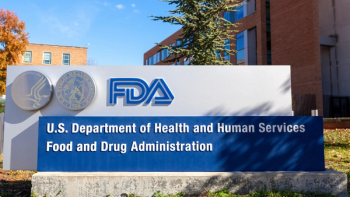
A deep dive into the implications of the Replimune CRL that surprised insiders and investors, the role of new leadership at FDA’s CBER, and how industry can navigate the path forward.

A timeline of key developments surrounding Sarepta Therapeutics' Duchenne muscular dystrophy drug Elevidys, and the potential future impacts for gene therapy regulation and market access.

With reports that FDA’s AI Elsa is “confidently hallucinating” studies that don’t exist, the use of AI to streamline drug review and speed up approval is not here yet.

Neha Anand, Analyst, Biopharma Intelligence Services, Citeline, explains how the approval of Emrelis marks a pivotal moment for ADC therapies in oncology, reflecting the FDA’s growing confidence in their safety and efficacy and accelerating the shift toward precision medicine in cancer treatment.
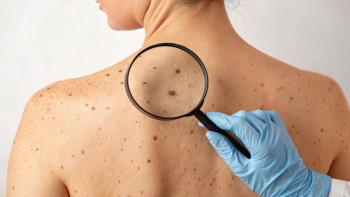
The FDA’s complete response letter cited concerns that the Phase I/II IGNYTE (NCT03767348) trial in advanced melanoma was not an adequate, well-controlled study and that its heterogeneous patient population limited interpretability, preventing approval in its current form.

The submission is supported by four Phase III clinical trials, which showed that icotrokinra demonstrated significant skin clearance in patients with moderate to severe plaque psoriasis.

The newly approved prefilled syringe version of Shingrix is expected to simplify administration and supports efforts to increase adult vaccination against shingles (herpes zoster).

Priority review was based on results from the Phase IIb SunRISe-1 trial, which showed that patients treated with TAR-200 for high-risk non-muscle invasive bladder cancer showed a complete response rate of 82.4%.

A proactive strategy that promotes U.S. pharmaceutical manufacturing is a crucial pillar within a resilient and diversified supply chain ecosystem.

Approval of Kerendia was based on results from the Phase III FINEARTS-HF trial, which demonstrated statistically significant and clinically meaningful reductions in cardiovascular events across a broad range of patients with heart failure.

The new drug application is supported by 48-week data from the Phase III MK-8591A-051 and MK-8591A-052 trials, which showed that the doravirine/islatravir combination was non-inferior to both baseline antiretroviral therapy and to bictegravir/emtricitabine/tenofovir alafenamide in treating HIV.














